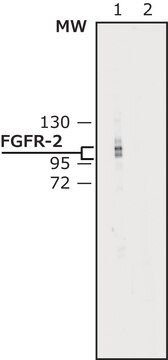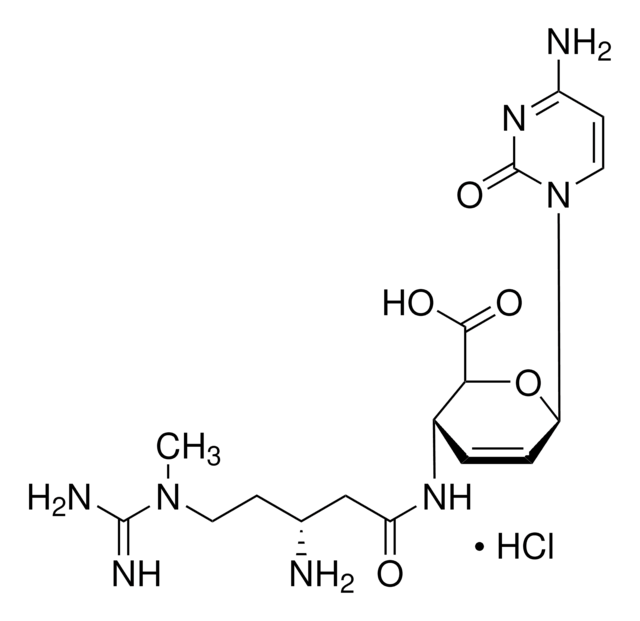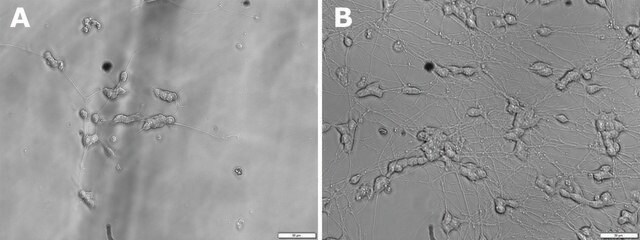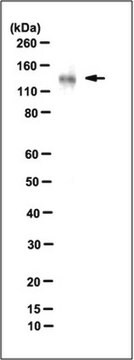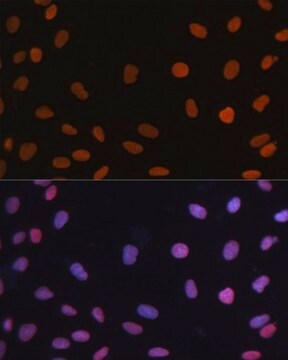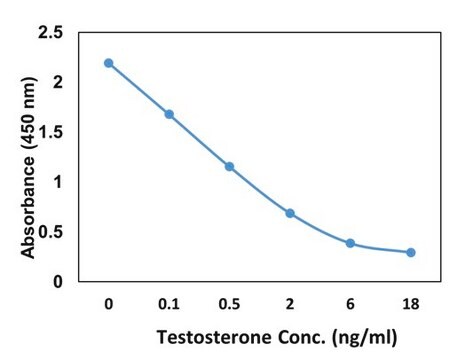F6796
Anti-Fibroblast Growth Factor Receptor-2, Extracellular antibody produced in rabbit

affinity isolated antibody, buffered aqueous solution
Synonym(s):
Anti-FGFR-2
About This Item
Recommended Products
biological source
rabbit
Quality Level
conjugate
unconjugated
antibody form
affinity isolated antibody
antibody product type
primary antibodies
clone
polyclonal
form
buffered aqueous solution
mol wt
antigen 115-125 kDa (doublet)
species reactivity
human
packaging
antibody small pack of 25 μL
enhanced validation
recombinant expression
Learn more about Antibody Enhanced Validation
technique(s)
immunohistochemistry (formalin-fixed, paraffin-embedded sections): 1:1,000 using trypsin-digested, human and animal tissue sections
western blot: 1:2,000 using extract of FGFR-2 transiently transfected cells
UniProt accession no.
shipped in
dry ice
storage temp.
−20°C
target post-translational modification
unmodified
Gene Information
human ... FGFR2(2263)
General description
Specificity
Immunogen
Application
Biochem/physiol Actions
Physical form
pH 7.4, containing 1% bovine serum albumin and 15 mM sodium azide
Preparation Note
Disclaimer
Not finding the right product?
Try our Product Selector Tool.
Storage Class Code
10 - Combustible liquids
WGK
WGK 2
Flash Point(F)
Not applicable
Flash Point(C)
Not applicable
Personal Protective Equipment
Choose from one of the most recent versions:
Already Own This Product?
Find documentation for the products that you have recently purchased in the Document Library.
Our team of scientists has experience in all areas of research including Life Science, Material Science, Chemical Synthesis, Chromatography, Analytical and many others.
Contact Technical Service